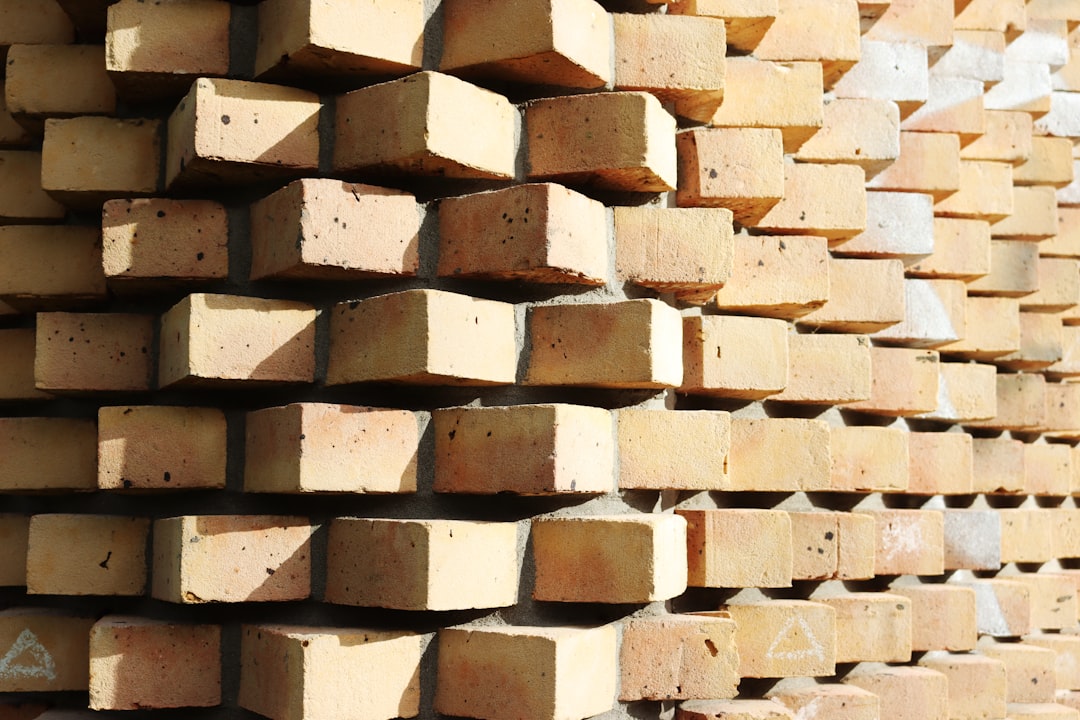Understanding Labor Cost to Install Wood Siding
For construction professionals, understanding the labor cost to install wood siding is crucial for accurate project budgeting. Current estimates show that labor costs range from $2.85 to $4.35 per square foot, translating to approximately $5,700–$8,700 for a 2,000 sq-ft facade. These figures vary based on factors such as siding profile, elevation complexity, and regional demand.
Key Factors That Shape Labor Cost
- Siding profile and board size: Different profiles like clapboard or shiplap affect crew speeds.
- Elevation complexity: Multi-story structures increase costs compared to single-story buildings.
- Removal and disposal: Adds 15-25% to labor hours.
- Surface prep: Influences crew time significantly.
- Fastener method: Local codes may dictate technique.
- Season and demand: Peak seasons can drive up costs.
Average Residential Labor Rates
National snapshot: The median crew rate for wood siding installation is between $2.85 and $4.35 per square foot. This equates to $5,700–$8,700 for a 2,000 sq-ft facade.
Regional Adjustments
- High-cost metros: 18–30% higher costs.
- Sunbelt suburbs: Close to the national median but spike during hurricane seasons.
- Rural Midwest: 10–15% discounts due to lower wage baselines.
How CountBricks Calculates Labor in Seconds
- Open a project in CountBricks and describe your needs.
- Our AI analyzes the details and cross-references your blueprint.
- We pull current crew rates from local subcontractors.
- Receive a complete labor line for quotes or invoices.
Reducing Labor Cost Without Sacrificing Quality
- Opt for pre-finished boards to save on-site labor.
- Schedule during off-peak seasons.
- Use full-length boards to minimize joints.
- Combine projects to reduce setup costs.
Common Pitfalls That Inflate Labor Bills
- Underestimating waste factor.
- Neglecting weather delays.
- Ignoring fastener compatibility.
- Skipping sheathing inspection.
Why CountBricks Is the Smarter Choice
- Realtime Voice-Driven Estimates: AI does the math.
- Verified Local Pricing: Updated nightly.
- One-Click Quotes & Invoices: Reduces admin time.
- AI Blueprint Takeoffs: Quick and accurate.
Get Your Exact Labor Cost to Install Wood Siding Today
For tailored estimates, start a free trial at CountBricks.com.
CountBricks Case Insight: Cedar Re-Siding in Mesa
A CountBricks client in Mesa, AZ, aimed to replace aluminum cladding with cedar within a $25,000 budget. Our AI provided a labor projection of $3.15 per sq-ft, totaling $6,615 for 2,100 sq-ft. The final invoiced labor was $6,570, demonstrating our predictive accuracy.
Execution Efficiencies
- Pre-finished cedar reduced on-site labor.
- Bulk procurement saved on fasteners.
- Bundled scaffold rental reduced access costs.
Client Takeaway
“The speed impressed me,” noted the homeowner. “CountBricks kept the project on schedule and on budget.”
Pro Tips for Your Next Wood Siding Project
- Use our mobile LiDAR tool for accurate measurements.
- Bundle related work to negotiate better rates.
- Lock pricing ahead of high-demand periods.
For more success stories, visit CountBricks.com.

